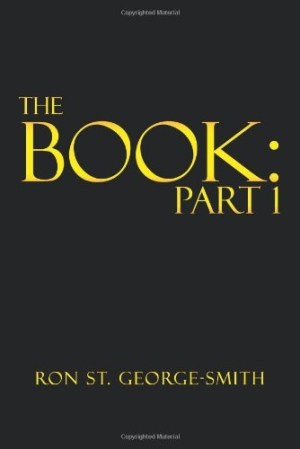The Book
Part 1
A sassy dog’s perspective on humans combines with a thrilling adventure.
Part dog’s perspective on life and part adventure, The Book covers various aspects of dog training and canine social hierarchy along with an exciting, fast-paced story. The first section covers the early weeks of a young dog’s life, told from the perspective of the dog herself. The plotless narrative relates her point of view on human-canine relations, occasionally coming down hard on humans for various perceived acts of stupidity and resistance to natural order. The second, plot-driven section is told in the third person and features the canine as the main character in an exciting, fast-paced terrorist attack on the Irish government.
The lack of a traditional story arc makes The Book a challenging read. The rambling narrative section is essentially without structure, which makes the switchover to more conventional storytelling in the second half a bit of a shock. It is easier to digest when assuming it is intended as two separate, though related, short stories.
The dog’s role in thwarting the attack is not completely clear, but this story is certainly far from boring. The imagery of flying bullets, Uzi-toting ministers, and the desperate dog pursued by an army of terrorists is all evocative and fun to read. Unfortunately, it ends as abruptly as it begins. Because of a lightning pace, it is sometimes difficult to determine what is going on at any given time. Otherwise, the second half contains, by far, the best parts of this book and could be expanded into a larger story.
Ron St. George-Smith writes very informally, almost as though he dictated The Book and edited it aurally. Read aloud, this style has a number of redeeming characteristics, and its natural feel can be endearing at times. However, in print, direct addresses to the audience like “yes, you’ve guessed” and “stay with me on this” become confusing. Other remarks are fairly scathing, which amplifies this effect to an uncomfortable level. Readers may find themselves unsure of how to react when the author writes, “If the Human cannot appreciate how ridiculous they (the Human) are appearing to the Dog, let’s lend a thought to a person watching the imagined interaction, Duh.” This is a passage from when the canine narrator drifts from a general discussion of dog training into a rebuke meant for people who carry dogs around in handbags and coats. Is this meant as an insult, a playful statement of opinion, or has something been lost between speaker and written page?
For this book to be truly audience-ready, it needs to be developed more thoroughly.
Reviewed by
Anna Call
Disclosure: This article is not an endorsement, but a review. The publisher of this book provided free copies of the book and paid a small fee to have their book reviewed by a professional reviewer. Foreword Reviews and Clarion Reviews make no guarantee that the publisher will receive a positive review. Foreword Magazine, Inc. is disclosing this in accordance with the Federal Trade Commission’s 16 CFR, Part 255.

